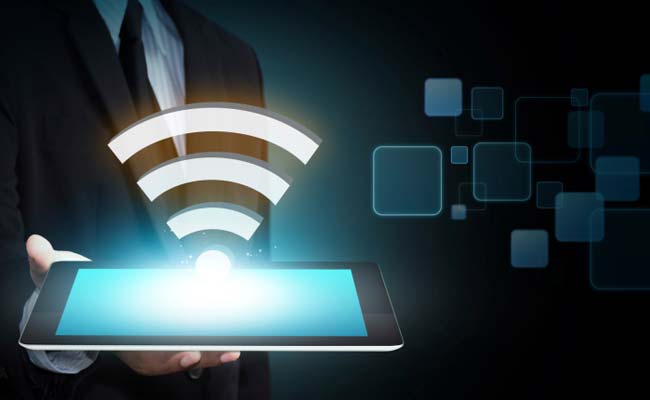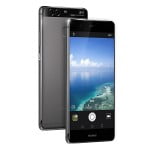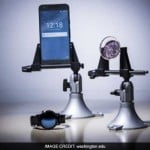
“Interscatter communication” works by converting Bluetooth signals into Wi-Fi transmissions over the air.
The “interscatter communication” works by converting Bluetooth signals into Wi-Fi transmissions over the air.
Using only reflections, an interscatter device such as a smart contact lens converts Bluetooth signals from a smartwatch, for example, into Wi-Fi transmissions that can be picked up by a smartphone.
“Wireless connectivity for implanted devices can transform how we manage chronic diseases,” said Vikram Iyer, a University of Washington (UW) doctoral student.
“For example, a contact lens could monitor a diabetics blood sugar level in tears and send notifications to the phone when the blood sugar level goes down,” said Mr Iyer.
Due to their size and location within the body, these smart contact lenses are too constrained by power demands to send data using conventional wireless transmissions.
Same requirements also limit emerging technologies such as brain implants that treat Parkinson’s disease, stimulate organs and may one day even reanimate limbs.
The team has demonstrated for the first time that these types of power-limited devices can “talk” to others using standard Wi-Fi communication.
Their system requires no specialised equipment, relying solely on mobile devices commonly found with users to generate Wi-Fi signals using 10,000 times less energy than conventional methods.
The team’s process relies on a communication technique called backscatter, which allows devices to exchange information simply by reflecting existing signals.
Because the new technique enables inter-technology communication by using Bluetooth signals to create Wi-Fi transmissions, the team calls it “interscattering.”
Interscatter communication uses the Bluetooth, Wi-Fi or ZigBee radios embedded in common mobile devices like smartphones, watches, laptops, tablets and headsets, to serve as both sources and receivers for these reflected signals.
The team demonstrated a smartwatch transmit a Bluetooth signal to a smart contact lens outfitted with an antenna.
To create a blank slate on which new information can be written, the team developed an innovative way to transform the Bluetooth transmission into a “single tone” signal that can be further manipulated and transformed.
By backscattering that single tone signal, the contact lens can encode data – such as health information it may be collecting – into a standard Wi-Fi packet that can then be read by a smartphone, tablet or laptop.
“Bluetooth devices randomise data transmissions using a process called scrambling,” said lead faculty Shyam Gollakota, assistant professor of computer science and engineering at UW.
“We figured out a way to reverse engineer this scrambling process to send out a single tone signal from Bluetooth-enabled devices such as smartphones and watches using a software app,” Mr Gollakota said.










